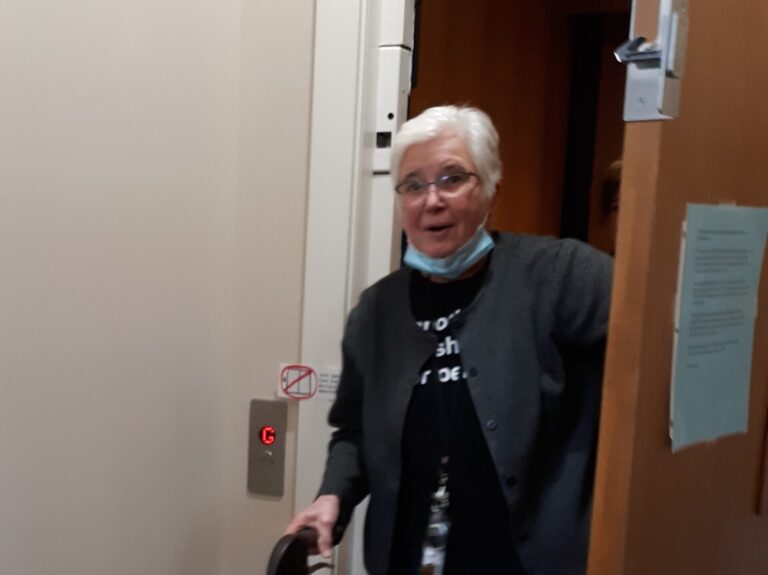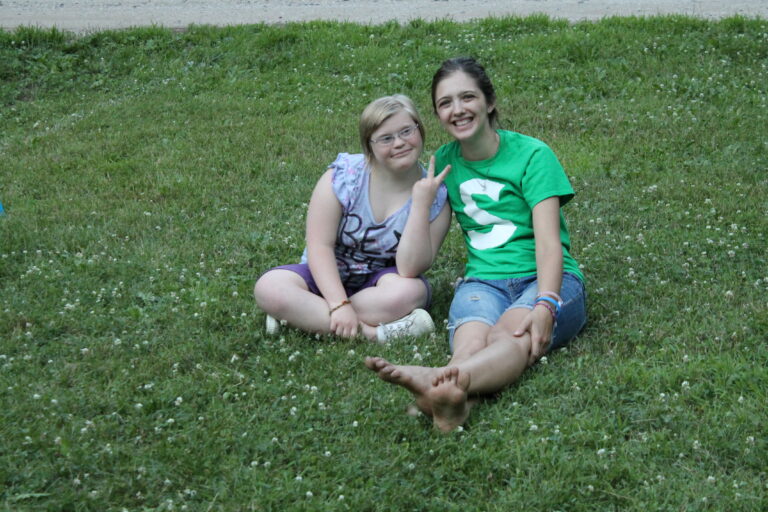The Hope of Waiting
by Rev. Deborah Oskin
The season of Advent is about the hope of waiting. When you’re the caregiver to a child with a disability, your life is all about waiting. Waiting for the next doctor’s appointment, physical therapy session, counseling session . . . This is my story of waiting.
When my daughter was thirteen-years-old, she was badly injured in a car crash. She was transported by life-flight to a trauma center and taken directly into surgery. She spent eight days in an adult intensive care unit and had a total of three surgeries during that time: the first, to repair internal injuries; the second, to fuse her broken back; the third, to repair the numerous broken bones she sustained. She spent a total of 24 days in the hospital.
When we brought our daughter home, she was unable to walk or even stand up. We quickly learned how to navigate the world of wheelchairs. We also realized how much of a problem it can be when able-bodied people park in handicapped spaces for convenience. Getting my daughter’s wheelchair out of the back of our SUV, transferring her into the wheelchair, and managing the curbs and stairs on the way to our destination without using a handicapped parking space was far from convenient. I admit to yelling at a few folks. I hope they got the message!
A couple of years later, she was out of the wheelchair and had returned to school full time. We thought our days of caring for a disabled child were over. However, she spiraled into a major depression at age fifteen, which turned into bipolar disorder (rapid-cycling), which turned into many more diagnoses – but no more hope. She was hospitalized three times and we kept her on suicide watch in our home more times than I can count. Finally, after ten years of progressively poorer results, her psychiatrist admitted her into a facility where they slowly weaned her off all the drugs she had been prescribed.
She’s now a happy 32-year-old about to celebrate her first wedding anniversary. However, the loss of those ten years from ages 15-25 are evident: she’s afraid to learn to drive, and she’s never held a job.
I’m in the unlikely and perhaps unlucky position of being able to compare the experience of caregiving for someone in a wheelchair to someone with a severe chronic mental illness. Being a caregiver for someone in a wheelchair was physically taxing but was easier socially, because people could see the wheelchair and imagine the life that went with it. And in our daughter’s case, we were confident that she would eventually recover enough to no longer need the wheelchair, so we knew our waiting would be rewarded.
Mental illness, however, is an invisible disability. It’s one that others don’t notice at first sight. Being a caregiver for someone with a debilitating mental illness is often an isolating experience. Unless you’ve been through it, you just can’t know. It’s hard to keep the hope of Advent in your heart when waiting for a miracle turns into waiting for the next crisis to occur.
This is especially true during the holidays. Other people are decorating their homes; you’re making sure there’s nothing in the house that could be used for harm. Other people are gathering at parties; you’re on suicide-watch. I remember being alone with her all the time. I remember avoiding public settings, because I didn’t know what she’d say.
Our loving congregation made the biggest difference during this time in our lives. I remember our congregation opening its arms to her and loving her, despite her hallucinations, her confusion over her identity, her odd statements and interruptions during worship. They loved us. They loved her. They still love her. And that made all the difference.







